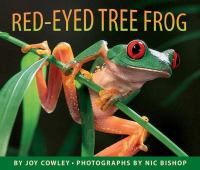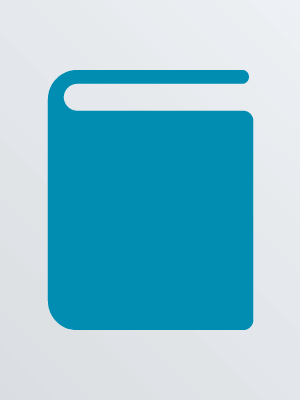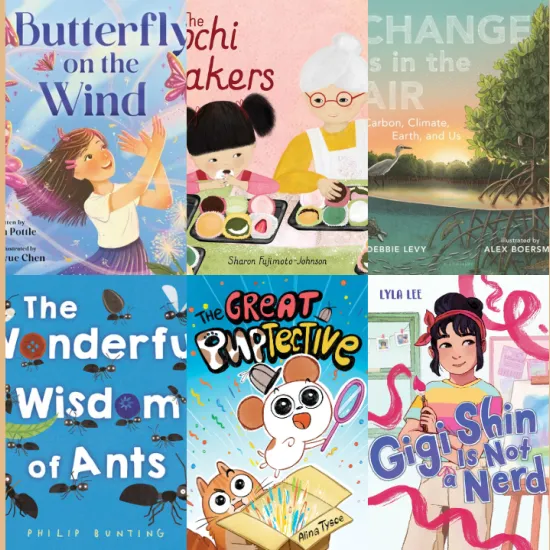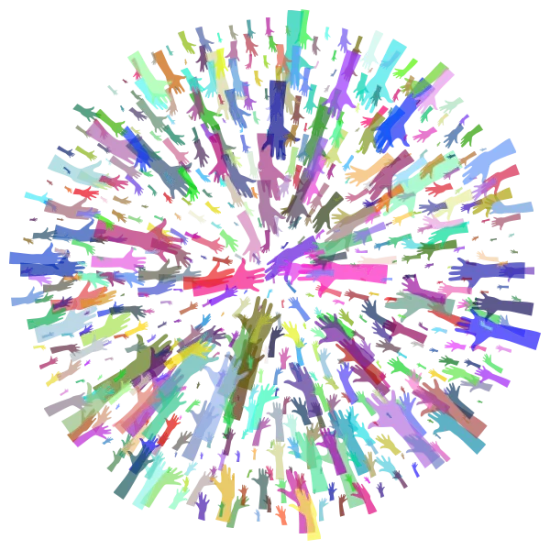- Laura Rogers
- Thursday, March 11, 2021
What does it mean to "read for information". Let's dig into this SC education standard and have some fun!
Every day we read for information. We read news articles, blogs, recipes, instructions, and more. How do we help our children synthesize the wide range of information they are taking in? How can we help them build the crucial thinking skills required to take in information on such a large scale and be able to use and apply it? It begins with something very simple, a conversation.
How will I know if my child has reached the SC standards for reading for information in kindergarten?
- My child understands that information can come from a variety of sources.
- With help from the teacher, my child can ask and answer basic questions about a text.
- With help from the teacher, my child can summarize the central idea and details.
- With help from the teacher, my child can give key details to draw conclusions in texts read.
- With help from the teacher, my child can compare similar topics.
- With help from the teacher, my child can select important information, revise ideas, and tell about conclusions.
- With help from the teacher, my child can think about conclusions.
The beginnings of reading comprehension are found in conversation. One of the best things you can do for your child to help them reach these standards is to read to them from a variety of books and talk about the books you read.
Activities and Multimedia:
Extending a book with questions and conversation:

Reading nonfiction books together is a great way to practice reading for information. In this book, Red-Eyed Tree Frog by Joy Cowley, we visit a frog in his environment and learn about what a tree frog eats and does as well as what might want to eat him!
After reading a nonfiction text, ask your child what the book was about. What facts did they learn about tree frogs? What does a tree frog eat? What was their favorite part of the book? Why? Have them give you as many details as they can remember about tree frogs. Now, read the book together again. Do you have more details to add to the list?
Make a chart together of the information that you have learned. Have them draw a picture or maybe cut out a photo of a tree frog. Something my children enjoyed was making a habitat in a shoebox. I still remember my daughter breaking up styrofoam to serve as ice chunks in her penguin display. This kind of interaction around the information helps children to dig deep into a topic and think about the information in varying ways.
It is not just books that give us information (though they may be my personal favorite). We can also get information from videos, magazines, newspapers, and more. Once you have chosen a topic to pursue, check out books, look up documentaries or short videos, visit the library's online databases and gather information from multiple sources. This will begin building good study habits and you will have a lot of fun along the way.
Read a book, watch a video, and compare what you have learned from each.
Reading Charts and Graphs as Part of an Informational Text
Part of reading for information is being able to interpret graphs and charts that may appear as part of an informational text. Take a look at the video below and practice making different types of graphs to share and interpret information. Your child could ask everyone what their favorite color is or whether they prefer cats or dogs. Creating simple graphs together will give them practice at using these tools for interpreting information as they read.
Create graphs and learn to interpret the information you may find as your read nonfiction texts.
Reading Comprehension Passages and More Resources
Here is a packet of free reading comprehension passages from Teachers Pay Teachers.
This article from Reading Rockets has more great ideas on reading for information.
Do you want to explore more SC Education Standards?
Read Part 2 of Reading for Information here.
Part 3 of Reading for Information coming soon.
Read Part 4 of Reading for Information here.
Visit the Richland Library's SC Education Standards page.
Books to Read
The titles below will help you and your child read for information. Want us to pull books for you? Contact us at 803-799-9084 and request to have books sent to your nearest Richland Library location.

Trombone Shorty

A Rock is Lively

Bar Graphs


I Wish I Was a Sea Turtle


The Airport Book

Grand Canyon

Red-eyed Tree Frog

I Want to Be a Doctor

Mary McLeod Bethune


Our Living Forests

Simple Machines

Little Dreamers


I Lost a Tooth

Bird Builds a Nest

Martin Luther King, Jr.


Election Day

A Puppy for Helen Keller


A Day with Paramedics




